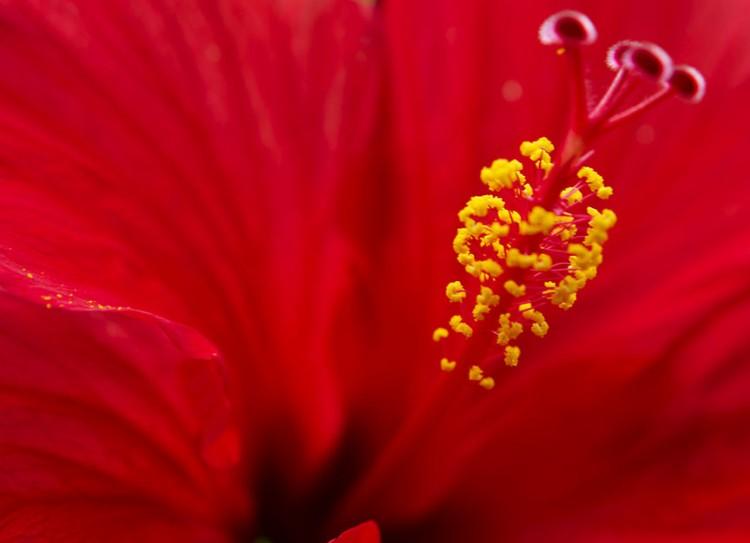Flowers have a safeguard system that ensures the optimal number of pollen tubes reach each ovule for seed production, according to a new U.S. study from Brown University.
When pollen grains stick to the flower’s central stigma, they send tubes for transporting sperm down the style—a shaft that leads to the ovules. But only two sperm are needed to fertilize the two eggs in each ovule.
“There is a mechanism that prevents too many pollen tubes from delivering too many sperm,” said study senior author Mark Johnson in a press release. “But the other cool thing is that there is also a way to salvage fertilization if the first father is a dud.”
Previously, it was believed that the entry of a pollen tube into an ovule would lead to others being repelled. However, it is the actual fusion of gametes that stops ovules signaling to attract more tubes.
The researchers carried out various experiments on Arabidopsis flowers using green and red fluorescence to mark tubes and a pollen mutant called hap2, which produces dud sperm that cannot fuse with ovules.
Firstly, they observed healthy sperm in action with half the tubes tagged in red and the other half in green. They found that only about 1 percent of ovules underwent “polytubey,” meaning multiple tubes developed.
Next, the team studied sperm containing 25 percent duds and found that polytubey increased tenfold, showing that ovules allow polytubey until a fertile sperm arrives.
Lastly, by marking mutants in red, and normal or “wild-type” tubes in green, the scientists discovered that polytubey only occurred wherever there was a red glow.
“Ovules first targeted by defective sperm can attract additional pollen tubes; but when wild-type sperm are attracted, subsequent pollen tubes are blocked,” the researchers wrote in their paper.
Although the signaling molecule that blocks polytubey was not identified, Johnson said it must be potent and act rapidly.
These findings could be useful in agriculture to improve fertilization rates.
The study was published in Current Biology on May 17.
The Epoch Times publishes in 35 countries and in 19 languages. Subscribe to our e-newsletter.






